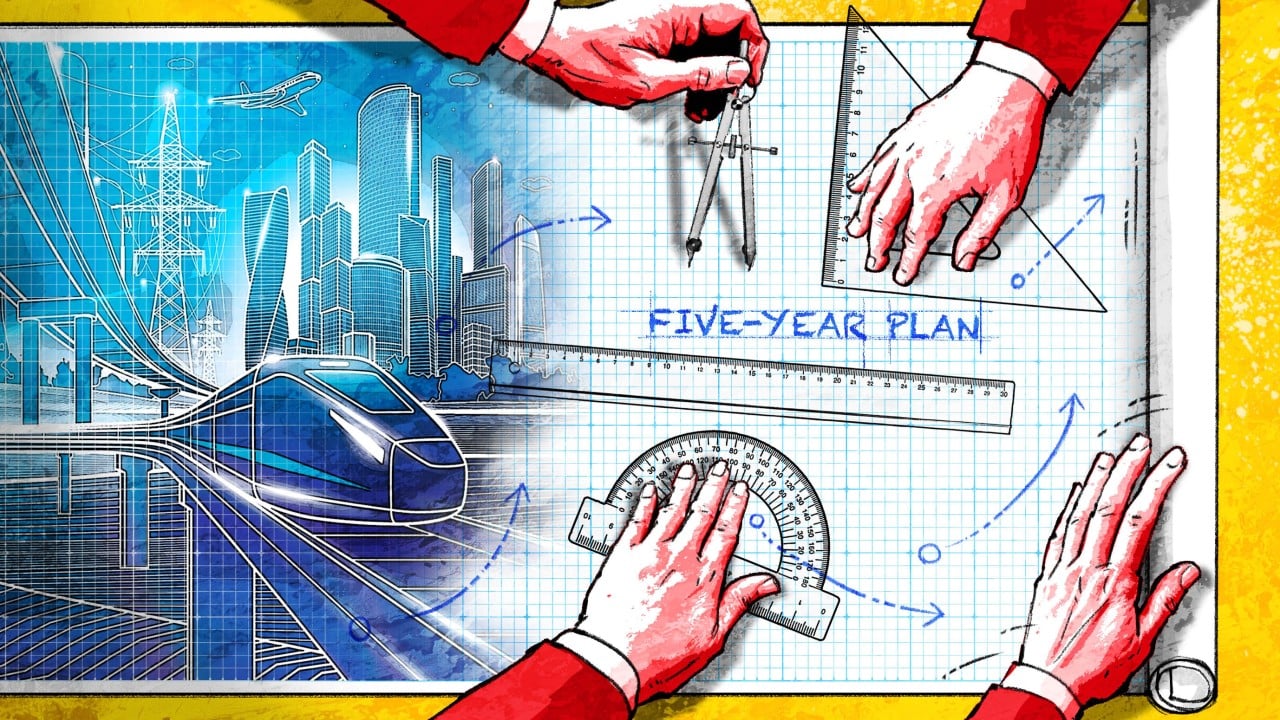
As China drafts its 15th five-year plan – the next entry in a line of expansive blueprints that have set the tone for the country’s development over more than seven decades – we examine how these documents inform and reflect high-level policy priorities, what to expect in the coming iteration and how infrastructure spending and investment could evolve to meet the demands of a new era.
The highly publicised moment was underpinned by decades of rapid expansion that helped China’s economy grow into the world’s second largest. One of the most notable actions taken during that time was the roll-out of a 4-trillion-yuan (US$586 billion circa 2009) stimulus package, which leveraged massive public works projects and other spending to help China escape the worst of the global financial crisis in 2009 and 2010.
While most projects under that model worked to link the country’s massive population and overcome widespread geographic hurdles to development, some ultimately added debt to local governments’ balance sheets, a persistent source of financial pressure that still weighs down growth potential in the regions with the heaviest burdens.
Despite these concerns, officials and government advisers still see considerable value in these investments. Some economists remain bullish on the scale of infrastructure spending over the next half-decade, noting projects are likely to become more tech-driven and people-focused.


